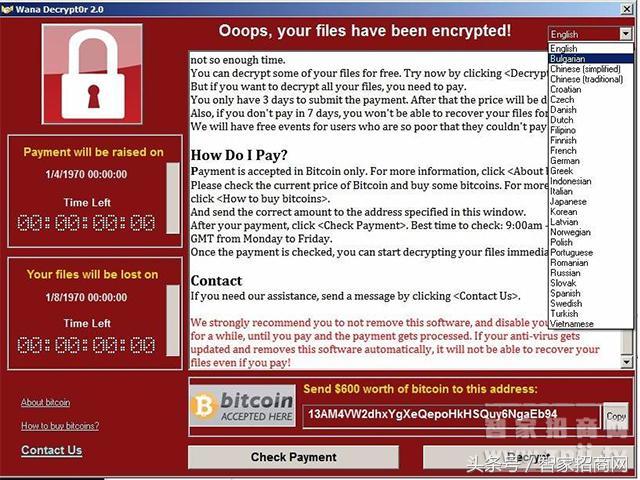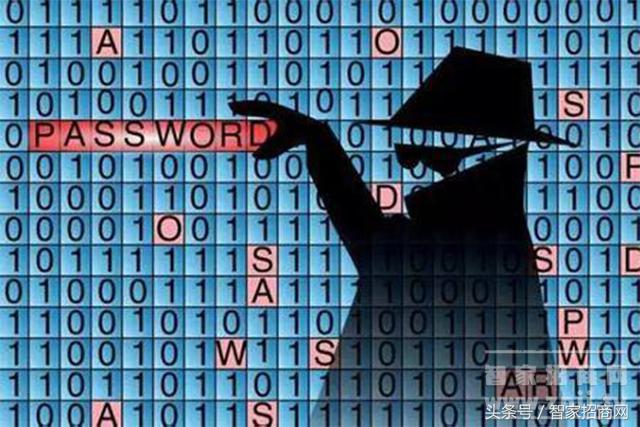Since May 12 this year, the ransomware virus has begun to erupt globally; by May 14, the ransom virus has changed and swept the world at a faster rate. As of May 15, 2017, the ransomware virus has caused at least 150 countries to be attacked by cyber attacks, and various industries such as finance, energy, and medical care have been adversely affected by different sizes. Among them, some Chinese Windows operating system users are infected, and campus network users bear the brunt of the damage, and a large number of important data files are locked and encrypted.
Seeing this, it is estimated that many friends will worry: the network is already so insecure, so whether the security of smart home systems realized by various technologies such as network communication is trustworthy?
Introduction to ransomware and solutions
First of all, we know that the ransomware virus is a network virus that penetrates the Windows operating system and spreads it to end users. The virus scans the TCP 445 port on the computer, spreads it like a worm, attacks the host and encrypts the files stored on the host, and then asks for the ransom in the form of bitcoin.

Before the ransomware invades the user's computer host system, in addition to first unplugging the network cable and then booting up, the system firewall advanced settings are used to prevent the connection to the 445 port. These operations can prevent the computer from being invaded by the ransomware. Unfortunately, after being attacked by a blackmail virus, the only solution is to reinstall the system.
In the smart home system, similar to the user host system is the smart host gateway, which prevents the ransomware from threatening the security of the smart home. The main reason is to prevent the ransomware from invading the smart host gateway. The smart host gateway is the core of the smart home system. It prevents the ransomware from invading the smart host gateway and ensures that the ransomware will not pose a threat to the smart home system. This is how the security of smart homes is guaranteed.
Smart home security issues
The security issue for smart homes is a controversial issue that has existed since the birth of smart homes. One of the purposes of the birth of smart home is to bring people a safe life, but based on the characteristics of network communication, when the network itself has major security risks, people's security concerns will be invisibly magnified.
Smart home security problem classification
The security issues of smart homes can be divided into three categories: destroying product functions, destroying homes, and affecting people's lives.
Destruction of product function means that the hacker attack causes the original function of the smart home product to be invalid, such as the failure of the security alarm system;
Destroying the home means that the hacker masters the control of the smart home and commands the product to continue to run, thus destroying the product beyond the rated work intensity;
Affecting people's lives refers to a series of life problems caused by the privacy data of users after being hacked by hackers.

The utility model discloses an Electronic Cigarette with atomizer oil core separation structure, which comprises a atomizer assembly and a battery assembly; The utility model has the advantages of reasonable structure design and high practicability. During operation, because the oil storage tank of the atomizer is completely sealed and the oil guide material is completely isolated from the oil guide material, the oil guide material will never contact with the oil guide material in the storage process
Advantages:
Oil core separation, Mesh removable heating core, Ultra quiet design,100% oil leakage free, Excellent taste, Cost far less than the industry price.
A variety of colors and finishing are available, can be adjusted according to your market needs.
Oil Coil Separation Pod Patent,Oil Coil Separetion Vape Pod Oem,Innovated Vape Products Oem,Oil Coil Separation Vape Products Oem
Shenzhen MASON VAP Technology Co., Ltd. , https://www.masonvap.com
